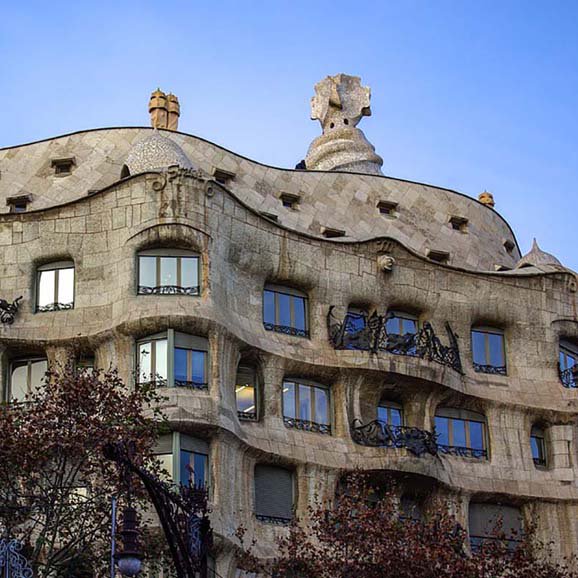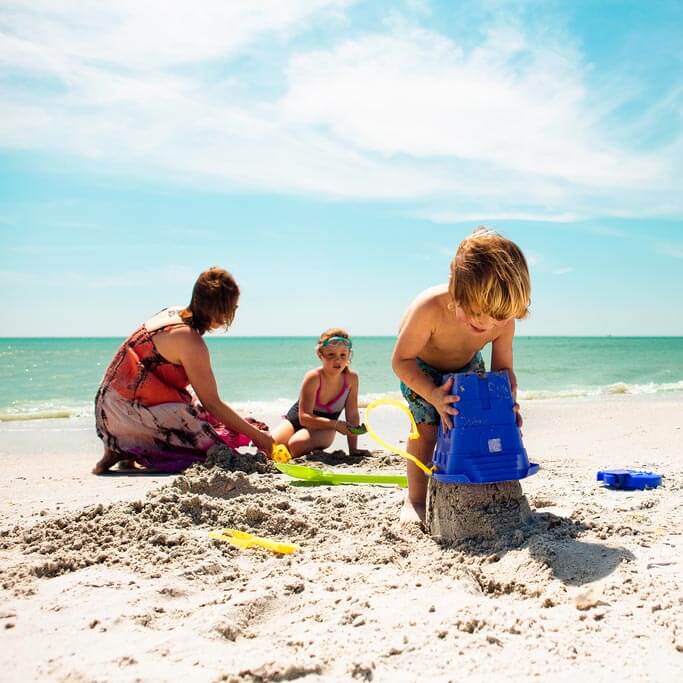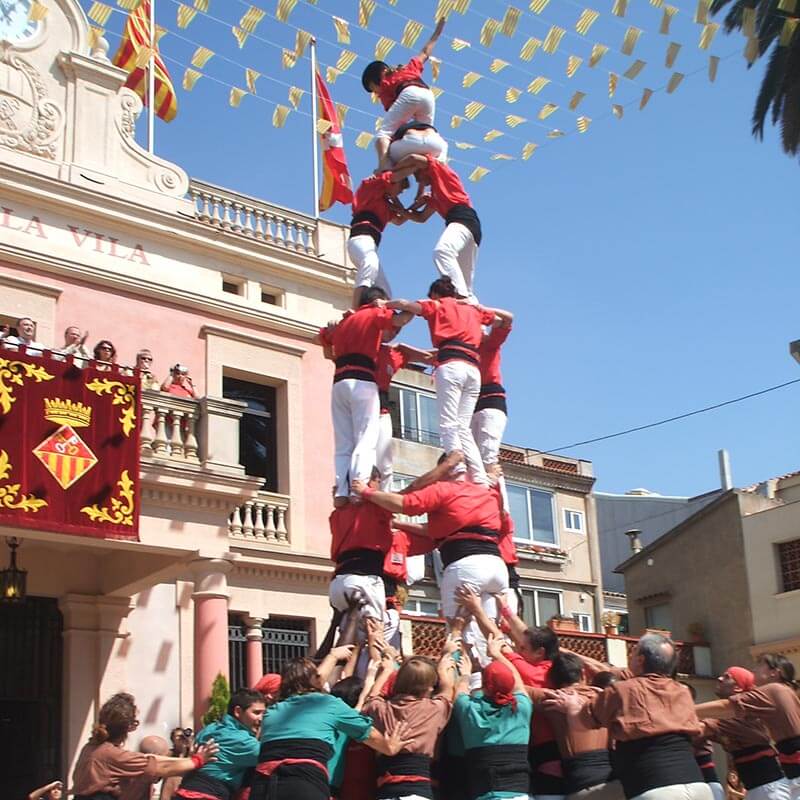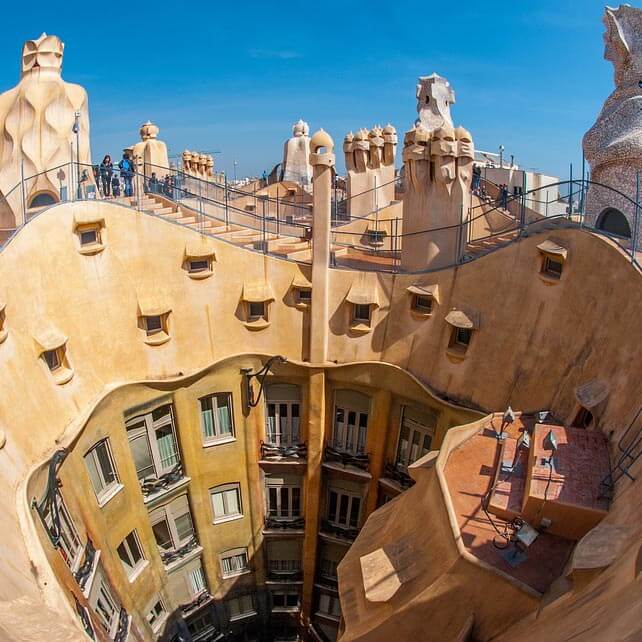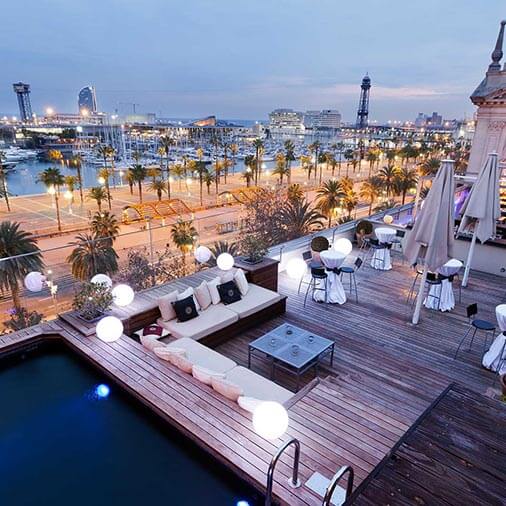In our apartments you will find the ideal accommodation for your holiday in Barcelona We offer a selection of luxury apartments in Eixample of Barcelona so you can live and feel the city as if you were in your own home. Our apartments near Sagrada Familia are ideal for exploring the city on foot. The apartments combine modern amenities & original details. From 9 am to 6 pm our friendly staff will be at the reception to help you with anything you might need. You’ll feel completely at home and you’ll love having your own beautiful bedrooms, living room, bathrooms and kitchen.

